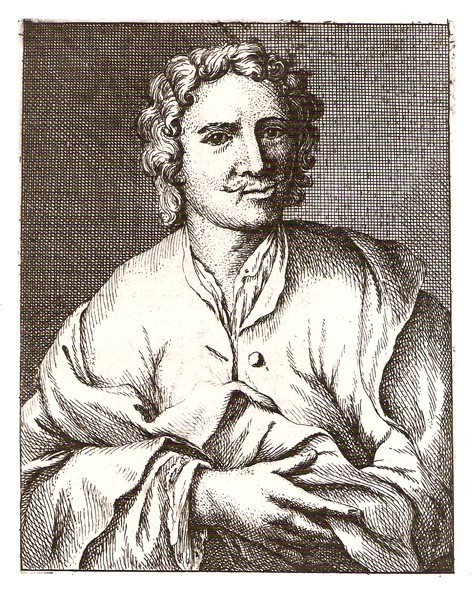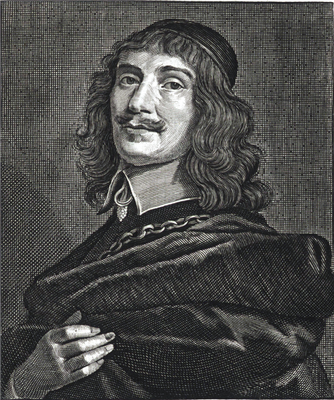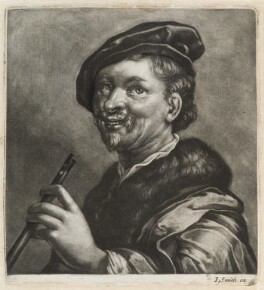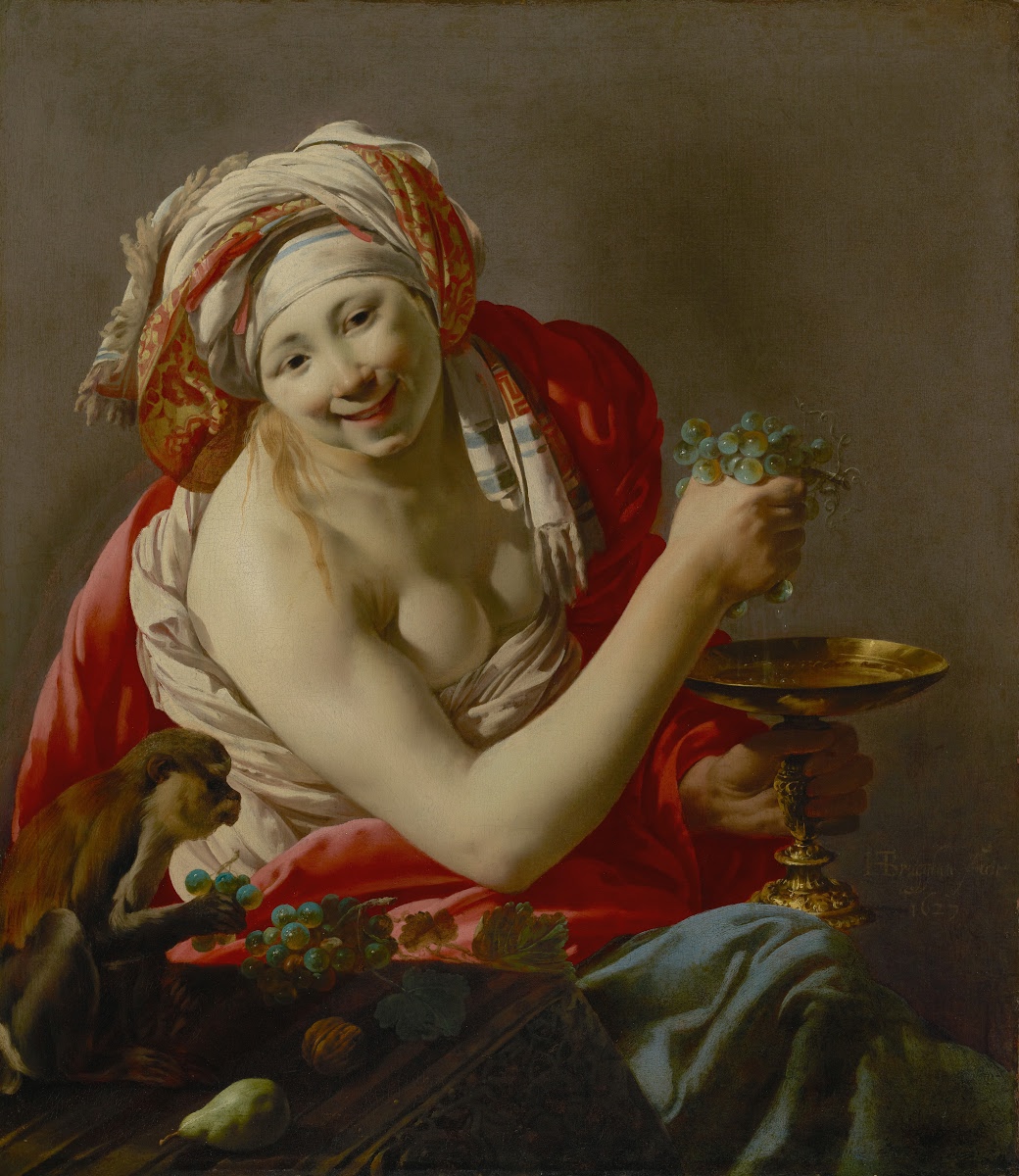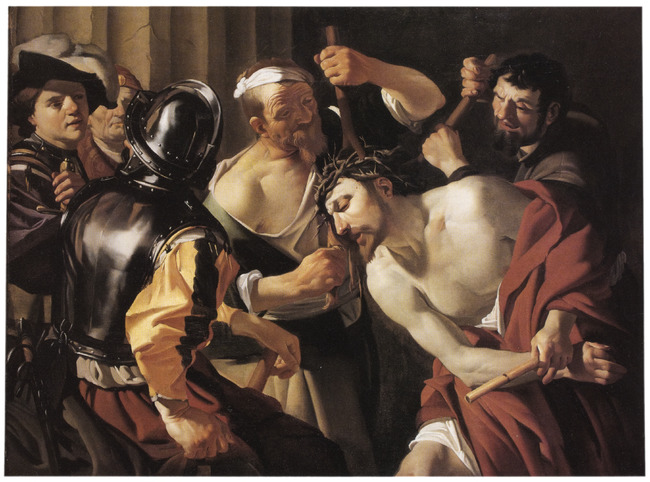Utrecht Caravaggism
Utrecht Caravaggism, active in the Netherlands from 1610 to 1630, drew inspiration from Caravaggio's Baroque style. Characterized by dynamic light and shadow, heightened realism, and a focus on everyday scenes, artists like ter Brugghen and Honthorst applied these techniques to Dutch settings. The movement, featuring taverns and genre subjects, significantly influenced Dutch Baroque art, contributing to the Golden Age of Dutch painting. Utrecht Caravaggism's unique style, marked by expressive lighting and emotional depth, provided a distinct Dutch perspective on the Baroque aesthetic.
